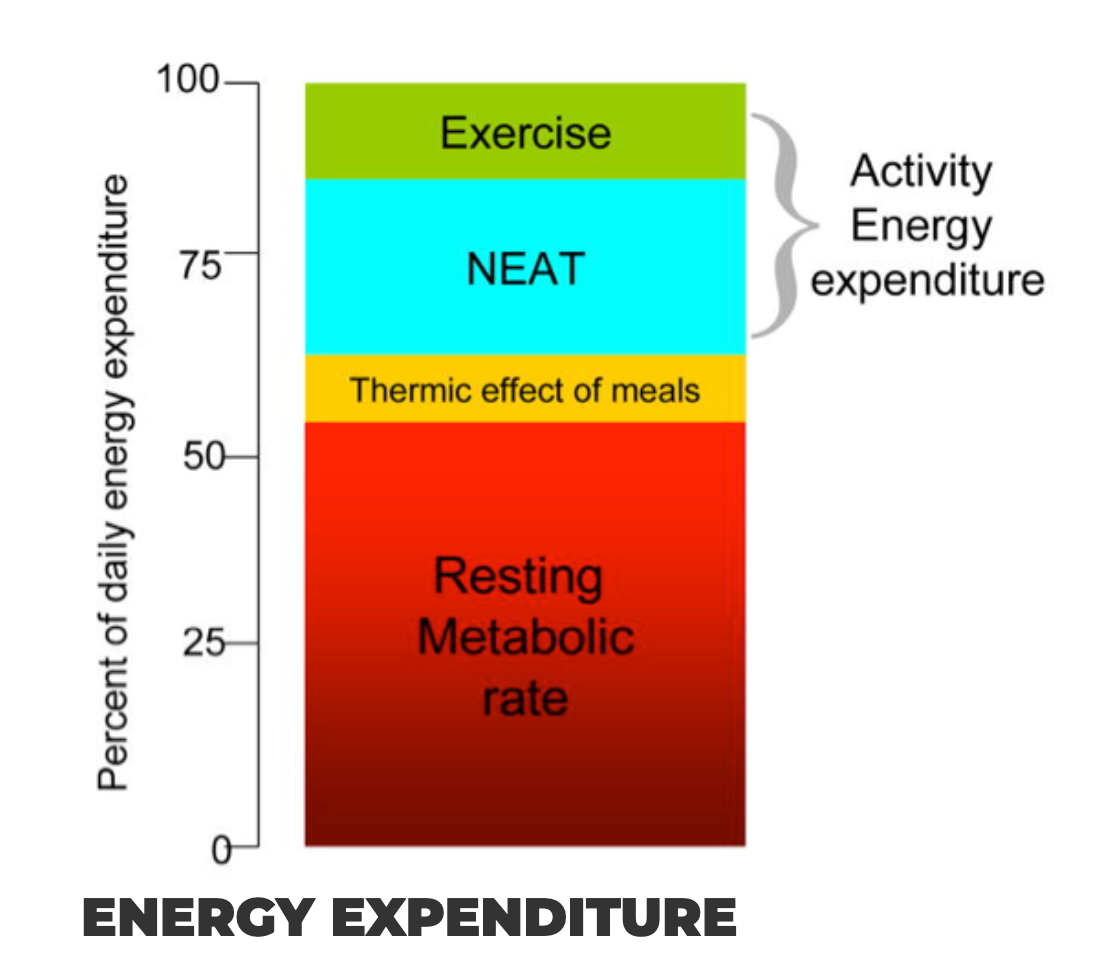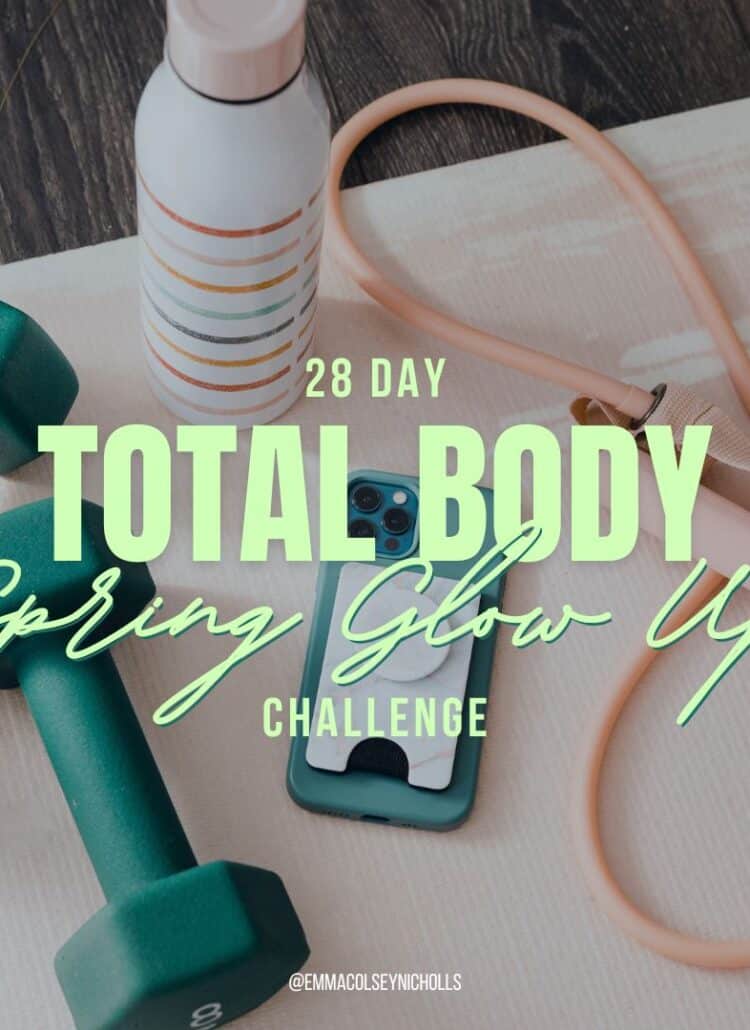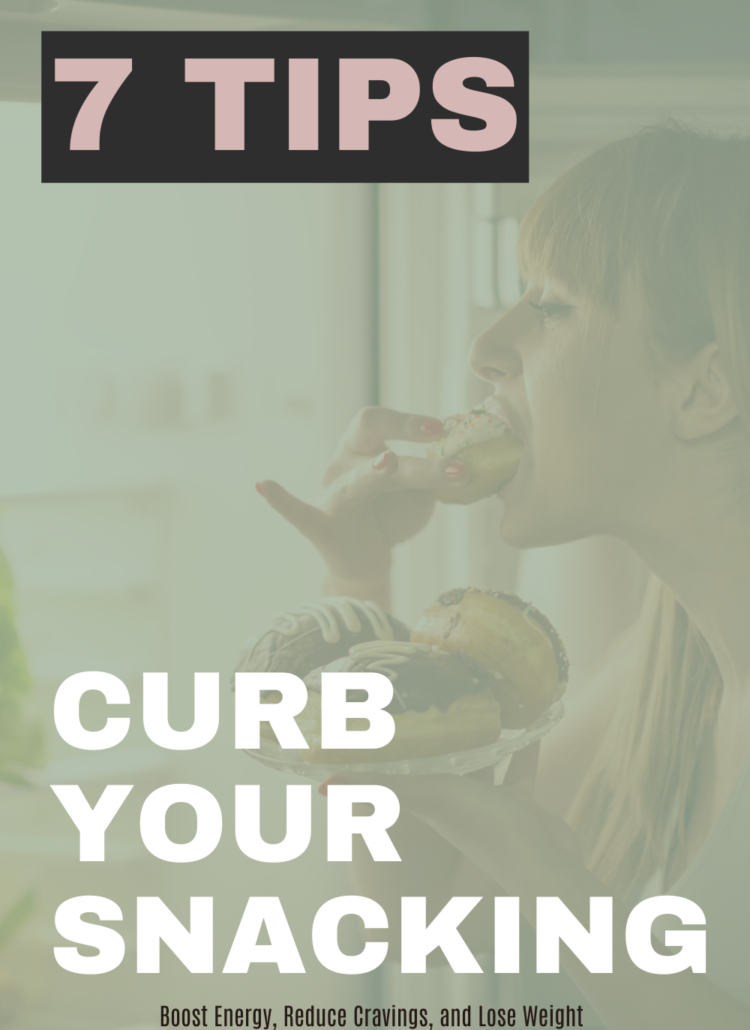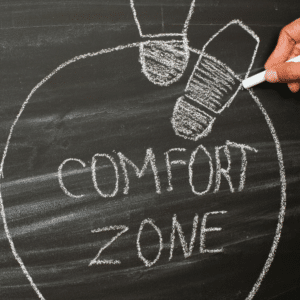Weight loss and staying in shape is somewhat of a science these days, but it has come to the space where it gets so damn overwhelming that many people put off even getting started. People have busy lives, all of that counting calories, measuring food and tracking is just not sustainable for a lot of people. It can have a place and there are times when I use this method myself and with clients, especially if the person is very out of touch with their body, eating patterns and behaviours.
But, if we are to look at weight loss, or more specifically being able to sustain a happy healthy body, it will come down to implementing small habits and doing it consistently.
My aim is to give you 11 of the most practical weight loss tips that you can implement with an air of simplicity and then get on with actually living your life.
I suggest you scan through and take note of which of these habits stand out for you and you feel could impact you the most, start with one before moving on to the next. Save this and then come back to it so that you can start in a progressive manner and implement one habit at a time.
Let it be easy, learn how to love working with your body and stop fighting it.
1. Hand measurement tool for building the perfect plate, instead of counting calories and macro’s

A big part of being able to lose weight is not only about what you eat, but how much you are eating. Most of our portion sizes today are bigger than what our bodies actually need to thrive. I also know that most people (myself included) hate the thought of having to weigh and measure foods every damn day. It’s just not a practical method for most people’s busy lives and those who don’t want to obsess over every morsel of food. The Hand Portion method coined by Precision Nutrition literally puts portion control into the palm of your hands, it’s a great way to start to get in better tune with your bodies needs when starting out.
ACTION — Use the hand portion guide as per the image above when putting each of your meals together. Start to tune in with how your body feels with the new portion sizes.
2. Eat slower
It takes time from the moment food hits the stomach, to signal to the brain that you have had enough. Slowing down not only allows you to actually taste and enjoy your food more, but it will help improve the digestive process (digestion starts in the mouth first and foremost) and increase the likelihood that you will listen to the cues from your body.
ACTION — Allow yourself at least 30 minutes at mealtimes. Sit down to eat your meals as opposed to eating on the go or while standing up. Thoroughly chew your food before swallowing to aid digestion. Notice the flavours, the consistency, are you are actually enjoying what you are eating?
3. Eat mindfully and with few distractions- eat until 80% full
You likely know how much food you normally eat and using the method from point one could help you reduce your portion sizes a little. Bringing this is with point two of slowing down you can now start to tune into your body and its feelings of fullness around mealtimes. This can help you stay away from having to impose rules around eating and bring more freedom as you begin to regulate your appetite.
ACTION — Pay attention to how your body feels before, during and after meals. Check-in a just ask, how hungry am I now? How does my stomach feel? Pause and notice without distractions. I am terrible for watching Youtube or reading a book whilst eating, stop that and actually be present with what you are putting into your body. Then you can notice how full you start to feel.
80% full should feel energised, satisfied like you still have room for dessert but don’t necessarily need it. Getting towards 100% full feels tired and like your stomach is a little tight. Notice that difference.
4. Include lean protein at most meals
No doubt you have heard this one before. But the simple act of including a lean source of protein at most meals will ensure that your body gets what it needs to build and repair cells but also helps you feel fuller whilst also giving you more energy throughout your day.
ACTION — Decide on the protein sources that YOU enjoy such as eggs, plain greek yoghurt, fish, chicken, cultured cottage cheese, tempeh, lentils and beans if you are plant-based. Add a palm-size portion of protein to most of your meals, particularly breakfast which can massively transform hunger levels throughout the day.
5. Include healthy fats in your diet
We often think we need to give fats a wide birth but unsaturated fats are essential for a happy healthy body. Fat helps give your body energy, protects your organs, supports cell growth, keeps cholesterol and blood pressure under control, helps your body absorb vital nutrients and has also shown to keep your brain healthy too.
ACTION — As per the hand portion guide add a thumb size portion of fat to your meals. Unsaturated healthy fats include things like nuts and seeds, oils and oily fish.
6. Choose whole minimally processed foods
Whole foods are foods that are as nature made them and are without added extra such as salt, fat and sugar that often get added to a lot of processed foods. Whole foods tend to be less calorie-dense than processed foods and so you won’t be eating as many calories and you can eat more food.
For example, you could eat a whole punnet of strawberries for around 128 kcal v’s is being really easy to eat 12 Dorito crisps at around 150kcal and it not even touching the sides. Plus who can only eat just 12 Doritos and stop there?
ACTION — Choose more foods that come from nature.
7. Don’t drink your calories
Like the calorie-dense processed foods in the Dorito example above, calorie-heavy drinks will not fill you up. They have just added calories without any of the satiating properties of something that would take up more volume in the stomach.
ACTION — Switching out sugary drinks or pop is such a simple shift that can have a huge impact on your overall calorie consumption. Drink plain water and try reducing the number of sugars you have in your tea or coffee.

8. Cook at home
If you are used to eating out a lot you may have to work up towards this one. Start with a few meals per week, or take your own lunch to work. Not only will it be better on your pocket but it will help to diversify your diet and give you more control over the things that you do want to nourish your body with.
ACTION– Spend a little time looking at recipes and getting meal ideas. Discover the things you like and keep it simple to get going with. Pinterest is a great free resource to find healthy meal ideas. I save many of my favourites here to it’s easy to come back to.
9. Volume density over calorie density
This runs in line with eating whole foods and consuming food for your calories over liquids. Opt for foods that are volume dense over calorie-dense. They will fill up more space in your stomach meaning you will feel fuller without overconsuming calories as I explain in a little more detail in the article below.
ACTION — Fill 1/2 of your plate with vegetables. Nutrient-dense foods will help you to feel fuller whilst also providing your body with the essential vitamins and minerals it needs in order to thrive. Snack on fruits and veggies.
10. Include strength training in your workouts
This isn’t a strength training v’s cardio argument, I think both have their places for a happy healthy body. But including strength training will help keep your body strong and in my opinion sexy looking. It will also help you raise your metabolic rate with greater amounts of lean muscle on your body. Meaning your body can better handle more food.
ACTION — Schedule in two sessions per week where you are lifting heavier and working on strength. CLICK HERE to subscribe to my Youtube channel and access free at home strength training workouts and more.
11. NEAT over workouts
Many people often focus on exercise above all else when looking to lose weight failing to realise that structured workouts only account for about 20% of your daily energy expenditure. If you train for 3 hours a week but spend the rest of the 165 hours of the week sitting on your backside, it’s going to be hard for you to maintain a healthy bodyweight. Humans were designed to move and your Non Exercise Activity Thermogenesis (NEAT) accounts for a big part of maintaining a healthy body weight.
ACTION — Keep active, especially if you have a desk-based job. It’s good to check in with your daily step count and start where you are at and work on gradually increasing it. Get up and walk when you can, and even better if you can get outside and do some of your walking in nature.

Remember, you don’t have to do these all at once. Some will stand out for you more than others. Pick the ones that you feel will have the most impact on you and get started making it a new habit, before adding in another.
Which of these do you want to start implementing first?
Need more help or want a step by step guide with me as your coach and number one support team?? CLICK HERE to learn more about the Better Body 28 Day holistic weight loss plan




Leave a Reply